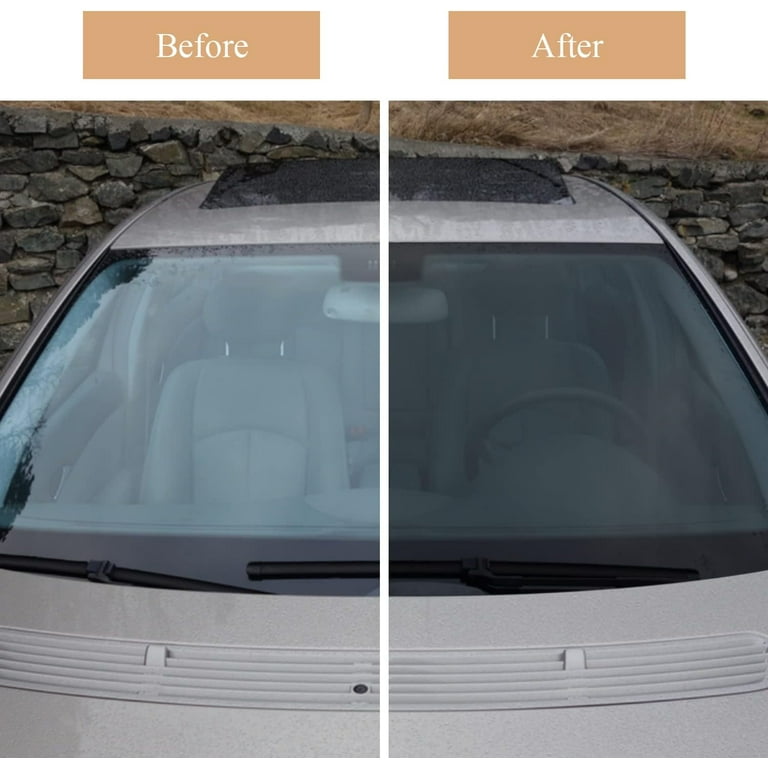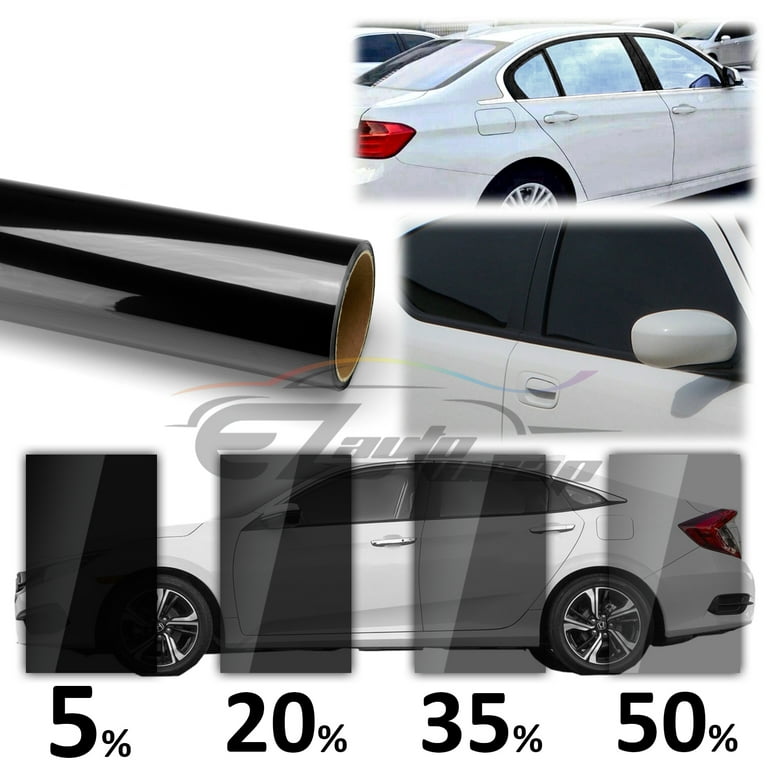Top-Rated Automobile Window Tinting Providers in Your Area
Top-Rated Automobile Window Tinting Providers in Your Area
Blog Article
Home Window Tinting Rules and Guidelines: What You Need to Know Prior To Tinting Your Automobile
Prior to continuing with home window tinting for your car, it is crucial to acquaint on your own with the diverse laws and standards that control this technique throughout various states. These regulations determine the permitted degrees of tint darkness, commonly determined by visible light transmission (VLT) portions, and include certain terms for front windscreens aimed at guaranteeing road security.
Review of Home Window Tinting Laws
Window tinting regulations are often based on variation across various territories, reflecting neighborhood policies and safety factors to consider. These legislations dictate the permissible degrees of color darkness and reflectiveness on automobile home windows, ensuring that motorists preserve sufficient visibility while likewise shielding versus dangerous UV rays and warmth.
Many laws categorize window tinting based upon the Visible Light Transmission (VLT) portion, which indicates the amount of light that can travel through the home window. Usually, reduced VLT percents represent darker colors. Legislations commonly set apart between the front, side, and back windows, with stricter limitations related to the front windscreen to boost security for both the driver and other road individuals.
Conformity with window tinting laws is vital, as infractions can result in penalties, compulsory elimination of the tint, and potential boosts in insurance coverage costs. It is crucial for automobile owners to acquaint themselves with regional regulations prior to proceeding with window tinting setups.
State-by-State Color Laws
Comprehending the details window tinting policies in each state is essential for automobile owners seeking to abide by the regulation. Each state in the U.S. has actually established its very own collection of rules regulating window tinting, which can differ substantially. These policies usually dictate the permitted levels of tint darkness, the sorts of windows that can be tinted, and any clinical exceptions that might apply.
As an example, states like The golden state have strict constraints on color darkness for front home windows, while others, such as New Mexico, may permit darker colors. In addition, certain states mandate certain presence portions for various home windows, consisting of the windscreen, front side home windows, and rear windows. It is vital for automobile owners to acquaint themselves with their state's legislations to avoid possible penalties or fines.
In addition, some states may need an accreditation sticker to be put on colored windows, indicating compliance with state laws. Failing to follow these laws not only risks lawful consequences however can likewise affect safety and security and visibility while driving. Vehicle proprietors should perform detailed research study or seek advice from local authorities to guarantee full understanding and compliance with state-by-state tint laws.
Allowed Tint Types and levels
Many vehicle proprietors might be stunned to find out that allowed tint levels and types differ extensively across various states. Each state has actually established its very own regulations relating to the acceptable darkness and reflectivity of home window color, typically determined by Visible Light Transmission (VLT) portions. VLT describes the quantity of light that can travel through the colored home windows; therefore, a reduced percent shows a darker color.

Moreover, the kinds of color products allowed can differ, with some states visit this page forbiding metallic or mirror-like finishes. It is crucial for car owners to acquaint themselves with their state's specific legislations to guarantee conformity. Non-compliance can cause penalties, obligatory elimination of the color, or various other legal effects, making it vital to comprehend these official site policies prior to waging setup.
Medical Exceptions for Tinting
While not all states offer allocations for medical exemptions pertaining to home window tinting, those that do identify the need for specific people to boost presence and convenience because of clinical problems. Numerous medical conditions, such as lupus, skin cancer cells, and certain eye conditions, can make people especially sensitive to sunshine. Subsequently, these individuals might need darker tints to shield themselves from unsafe UV rays and glare.

It is essential to note that despite a clinical exception, there may still be constraints on the level of tint enabled. Compliance with state laws makes sure YOURURL.com that individuals are both secured and within lawful restrictions. Those taking into consideration clinical exemptions must contact their regional Division of Motor Autos or comparable authority to comprehend the treatments and demands needed to obtain an exemption properly.
Charges for Non-Compliance
Falling short to adhere to window tinting laws can bring about substantial fines, which differ by state. Police are equipped to issue citations for vehicles that do not stick to the specified tinting policies. These charges commonly include fines, which can range from moderate total up to numerous hundred bucks, depending upon the severity of the offense and the state in inquiry.
In some territories, duplicated offenses may result in rising penalties or added penalties, such as obligatory court appearances. Furthermore, non-compliance may demand the elimination of unlawful tinting, commonly at the proprietor's expenditure. In extreme cases, habitual wrongdoers may deal with suspension of their vehicle enrollment up until conformity is attained.
In addition, insurance policy effects might occur from getting numerous citations for home window tint infractions. Insurance companies may watch such offenses as an indicator of riskier habits, possibly causing raised premiums or difficulty in protection.
To stay clear of these charges, it is essential for vehicle proprietors to familiarize themselves with their regional window tinting laws and guarantee that their automobile complies (Window Tinting). This aggressive method not only prevents legal ramifications but additionally advertises road safety
Final Thought

A lot of guidelines classify home window tinting based on the Visible Light Transmission (VLT) percentage, which shows the quantity of light that can pass with the home window. Compliance with window tinting policies is crucial, as infractions can result in fines, obligatory elimination of the color, and possible boosts in insurance coverage costs.Recognizing the details window tinting guidelines in each state is crucial for automobile proprietors seeking to conform with the legislation. These policies typically determine the permitted degrees of color darkness, the kinds of windows that can be tinted, and any type of clinical exemptions that might use.
For instance, states like California have rigid restrictions on color darkness for front home windows, while others, such as New Mexico, may enable darker tints.
Report this page